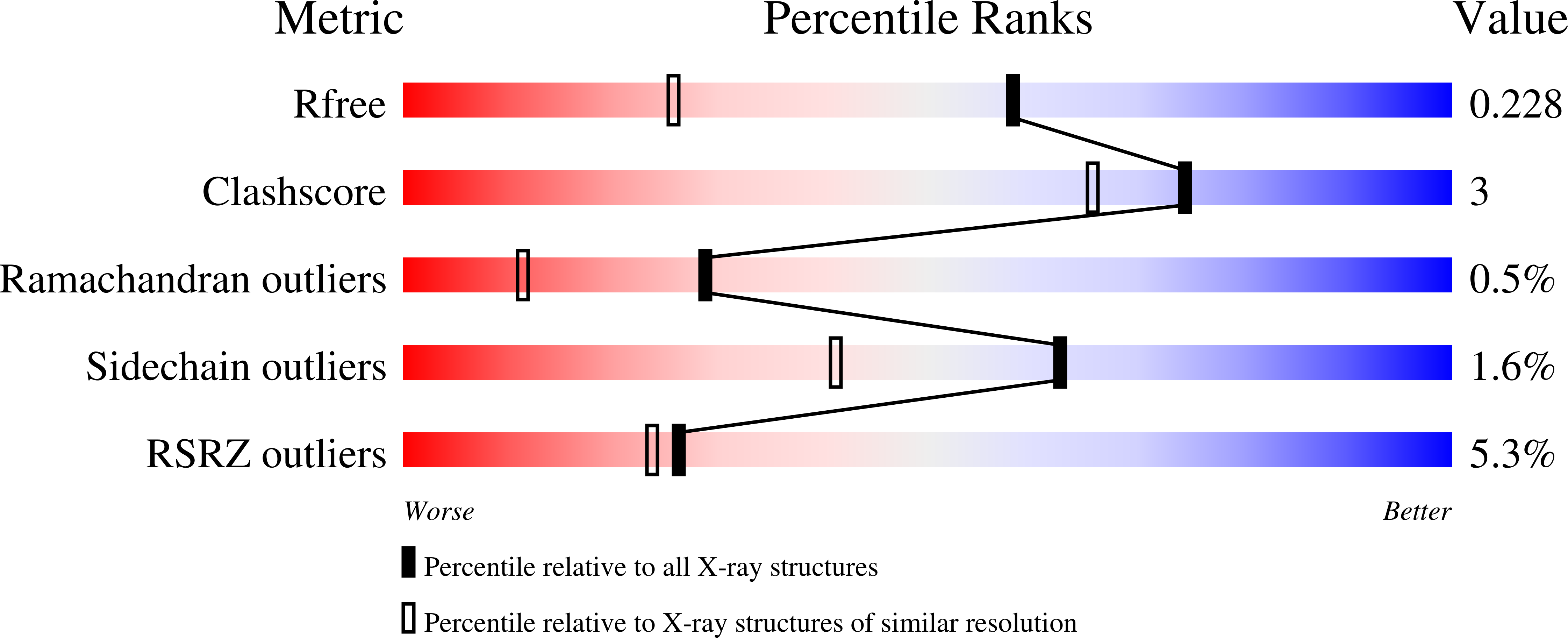
Deposition Date
2021-08-10
Release Date
2021-09-08
Last Version Date
2023-10-18
Entry Detail
PDB ID:
7RS1
Keywords:
Title:
Crystal Structure of the ER-alpha Ligand-binding Domain (L372S, L536S) in complex with DMERI-21
Biological Source:
Source Organism:
Homo sapiens (Taxon ID: 9606)
Host Organism:
Method Details:
Experimental Method:
Resolution:
1.59 Å
R-Value Free:
0.21
R-Value Work:
0.18
R-Value Observed:
0.18
Space Group:
P 1


